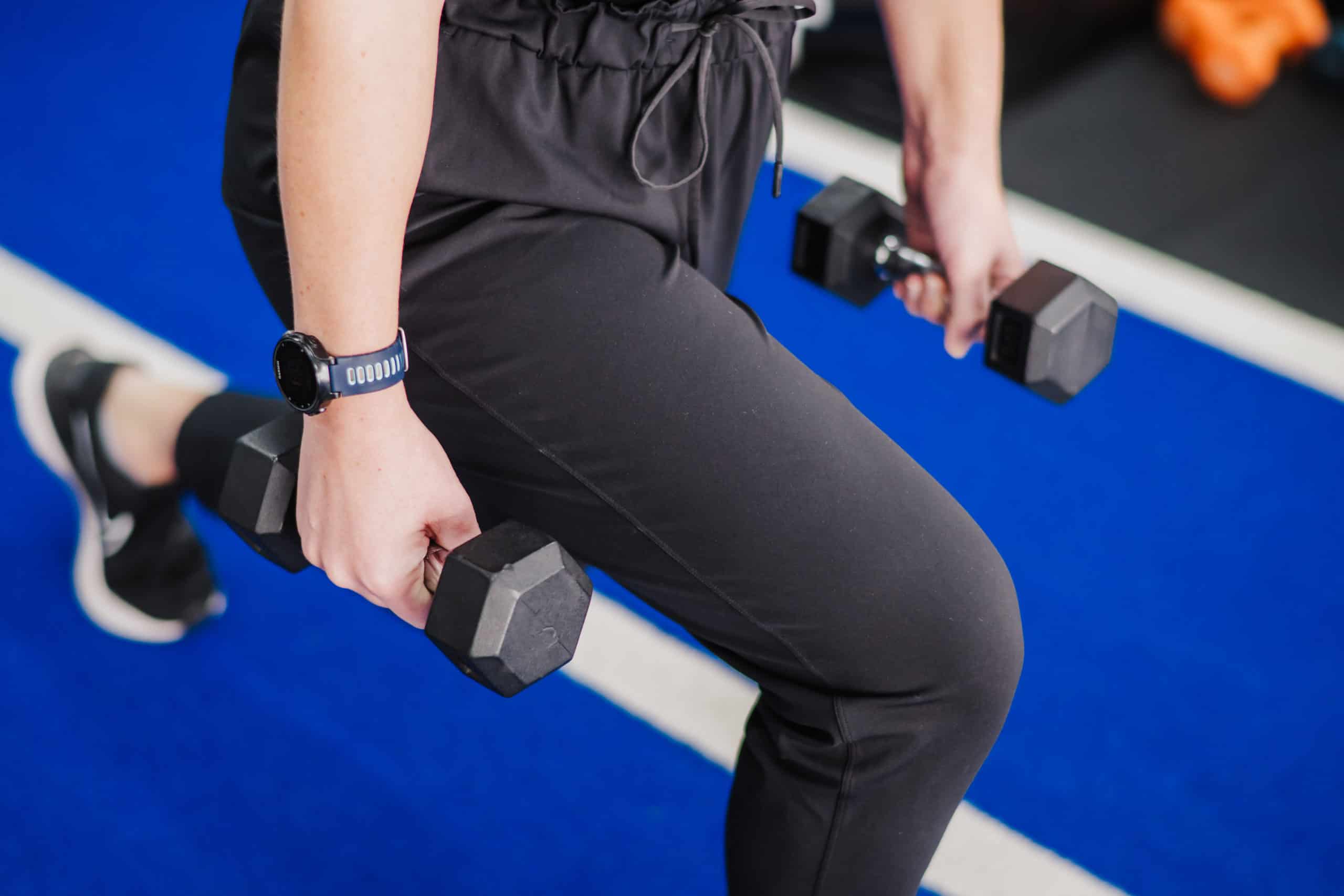Fortunately, resistance or strength training can be an effective tool in the broader management of hypermobility as it will go towards improving stability, proprioception and conditioning.
Strength training should focus on the muscles that support each joint to create stability, which may in turn reduce the risk of injury and help alleviate pain. As everyone responds differently to exercise, working with an exercise professional is important to establish goals, set milestones and actively manage increases in load. An exercise treatment plan may include:
Isometric exercises
Core and pelvic strength
Low impact aerobic conditioning
Balance and proprioception training
For those with joint hypermobility, remember it’s important to pace yourselves and give your body appropriate rest and sleep when starting a new exercise routine to prevent further pain or injury.
Want to find out more about exercise and hypermobility? Our Accredited Exercise Physiologists are here to help design a specialised exercise plan for you!

May Williams
Accredited Exercise Physiologist



